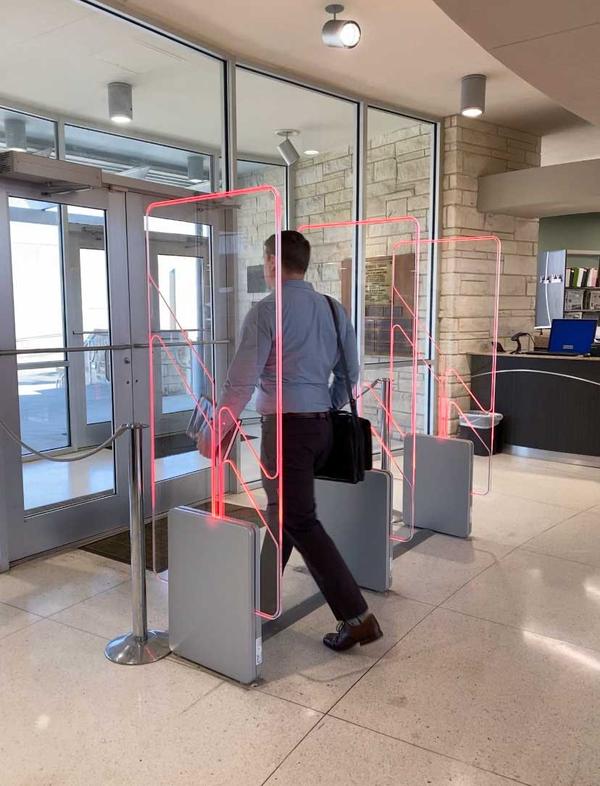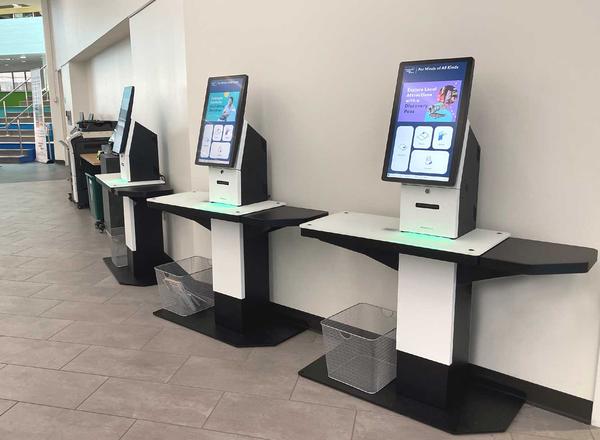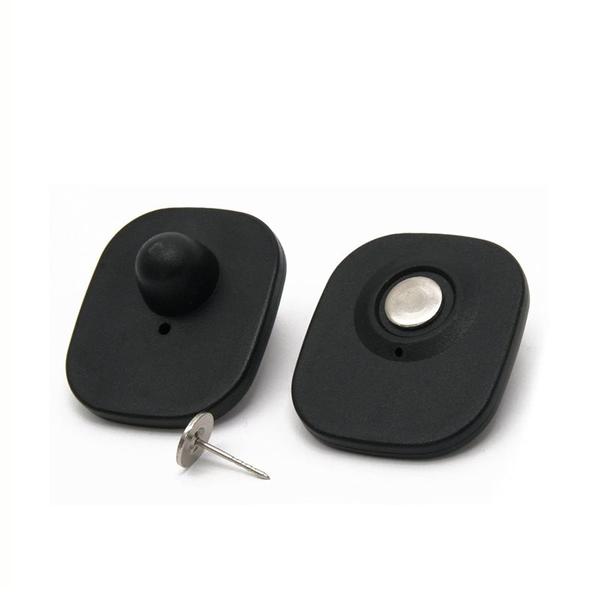RFID book circulation refers to the use of Radio Frequency Identification technology to automate and streamline the borrowing and returning of books in a library. Each book is embedded with an RFID tag, and library users can check items in or out by simply placing them near an RFID reader—no need to scan barcodes individually. This system greatly improves efficiency, speed, and accuracy while enabling self-service kiosks and reducing manual workload for staff. Key Features: Contactless checkout and return Supports self-service kiosks Instant update to library management system (LMS) Multiple item detection simultaneously Reduces queues and human error Benefits: Faster circulation process Enhanced user experience Improved staff productivity Accurate and real-time transaction records Integration with anti-theft gates for added security
Send Message






